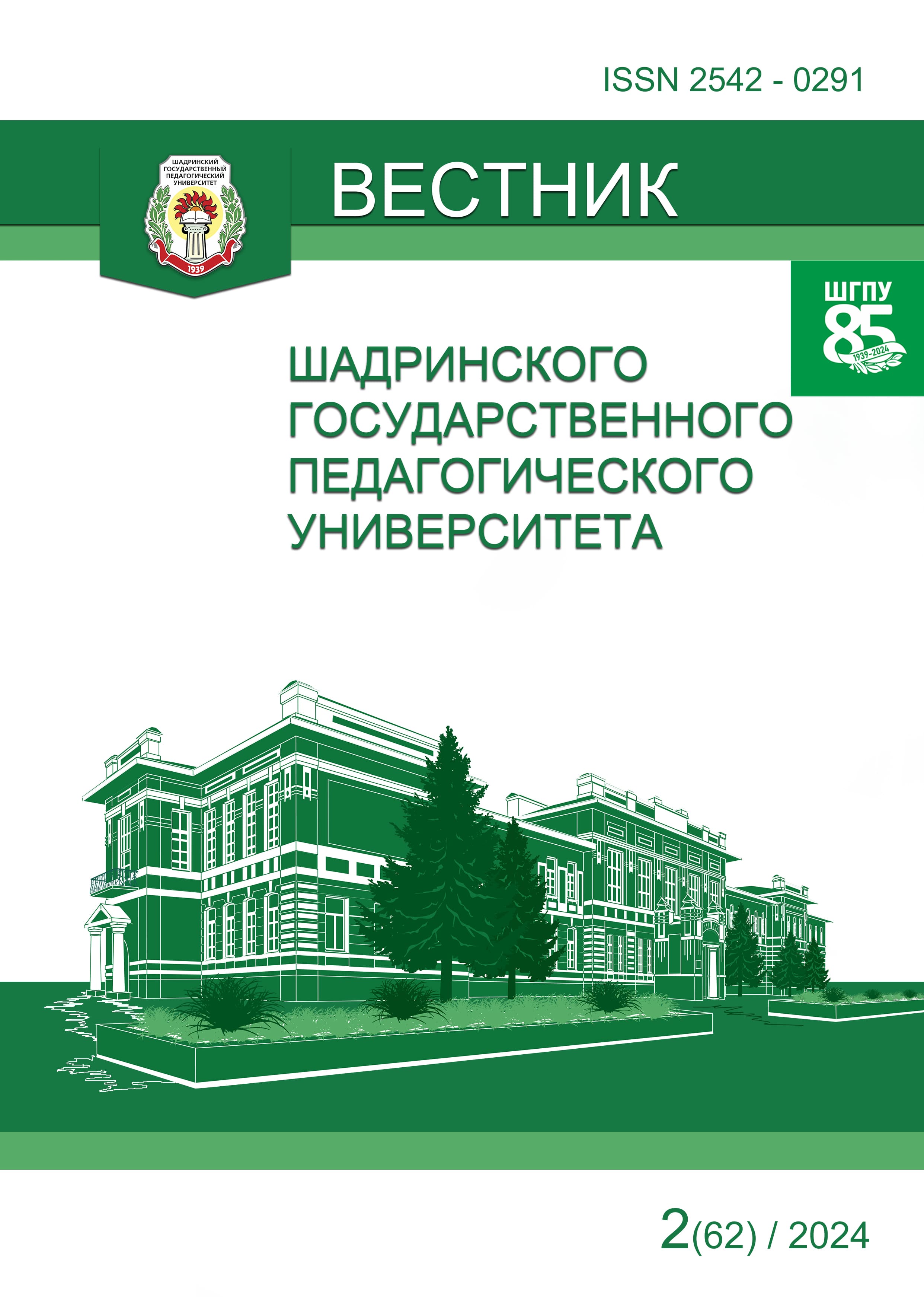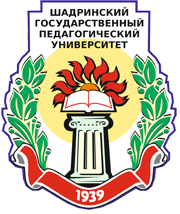Методические аспекты формирования представлений школьников о здоровом образе жизни и культуре здоровья в разделе биологии 9 класса с учетом обновленного ФГОС ООО
Methodological aspects of the formation of schoolchildren’s ideas about a healthy lifestyle and health culture in the 9th grade biology section, taking into account the updated Federal State Educational Standard
Аннотация
В данной статье актуализируется проблема формирования у обучающихся подросткового возраста ценностного отношения к здоровью, которая является одной из приоритетных согласно обновленного ФГОС основного общего образования. На основе изучения специальной литературы в работе представлена характеристика понятий «здоровый образ жизни», «культура здоровья», обозначены причины, ведущие к нарушению здоровья школьников. В результате проведенного анализа содержания раздела «Человек и его здоровье» 9 класса, представленного в федеральной рабочей программе, выделен валеологический компонент курса и методические аспекты его изучения. Обобщение опыта работы и анкетирование учителей биологии г. Шадринска позволило сделать вывод о наиболее эффективных методах, формах и средствах формирования у обучающихся культуры здоровья, к которым можно отнести: беседы, самонаблюдения, демонстрации, просмотр и обсуждение видеосюжетов и др.
This article updates the problem of developing a value-based attitude towards health among adolescent students which is one of the priorities according to the updated Federal State Educational Standard for secondary education. The authors present a description of the concepts “healthy lifestyle”, “culture of health” and identify the reasons leading to schoolchildren’s poor health. Analyzing the 9th grade section “Man and his health”, the authors identify the valeological component of the course and the methodological aspects of its study. A generalization of work experience and a survey of biology teachers in Shadrinsk allowed us to find out the most effective methods, forms and means of developing a culture of health among students which include: conversations, introspection, demonstrations, viewing and discussion of videos and others.






